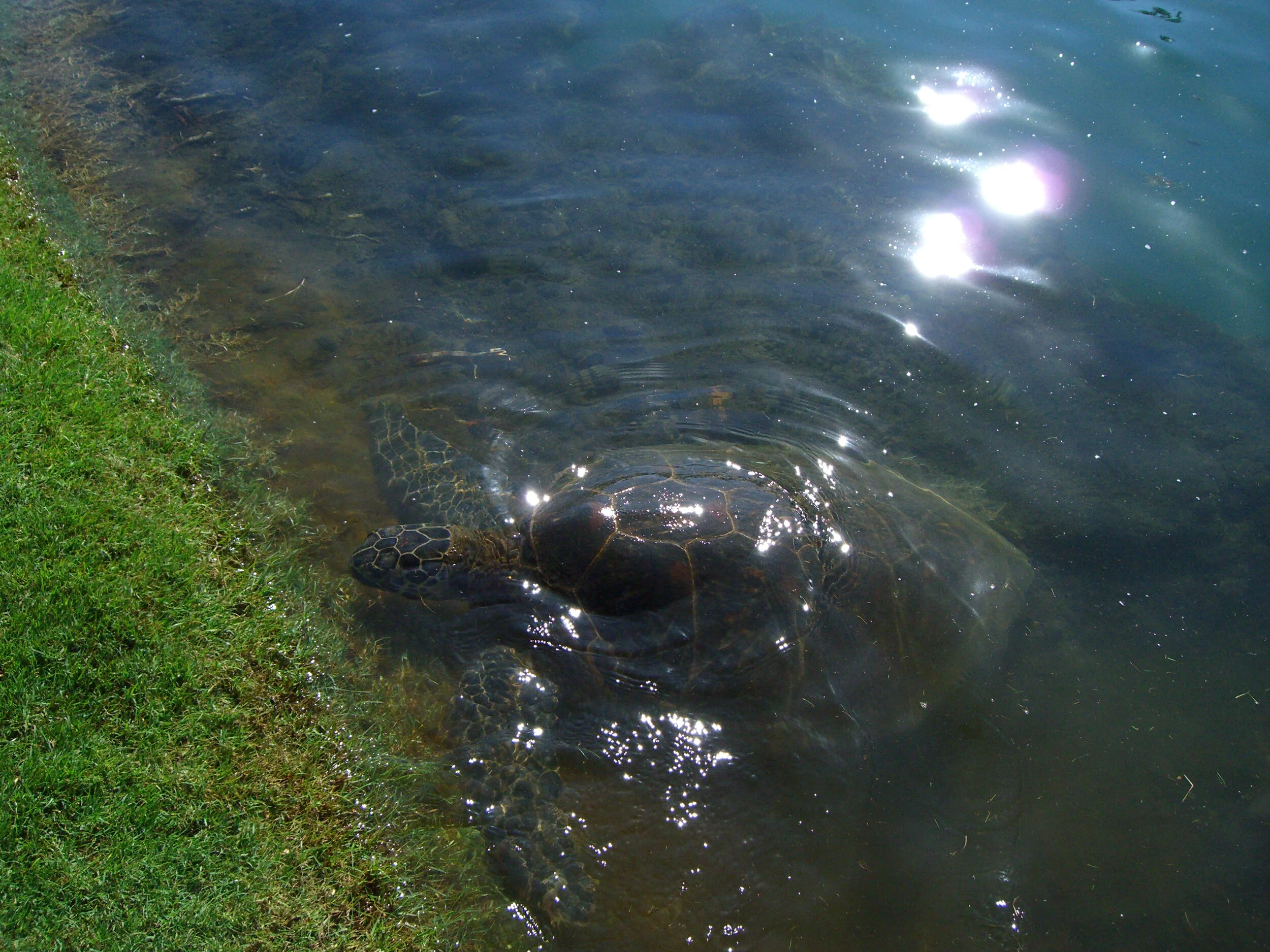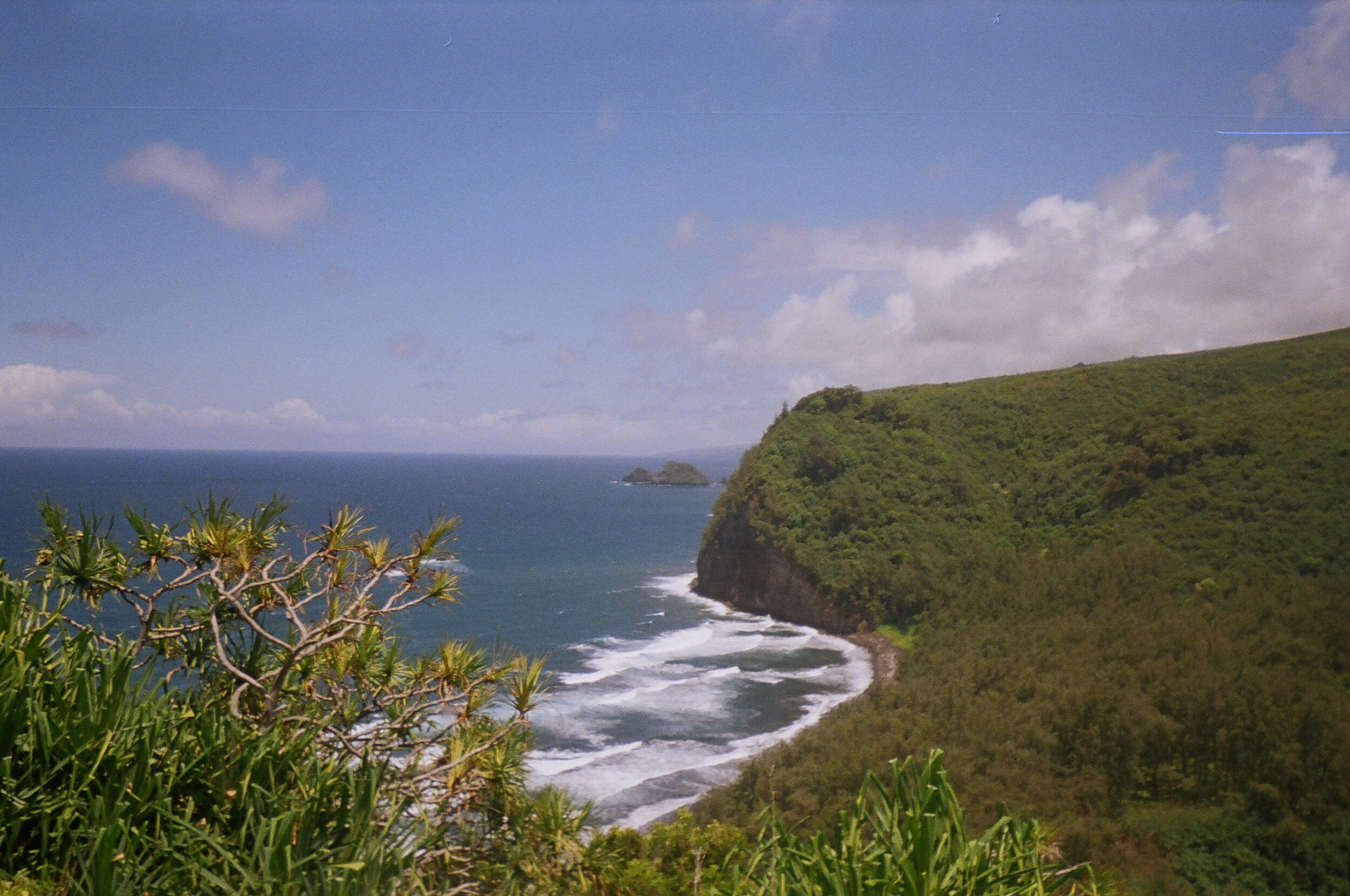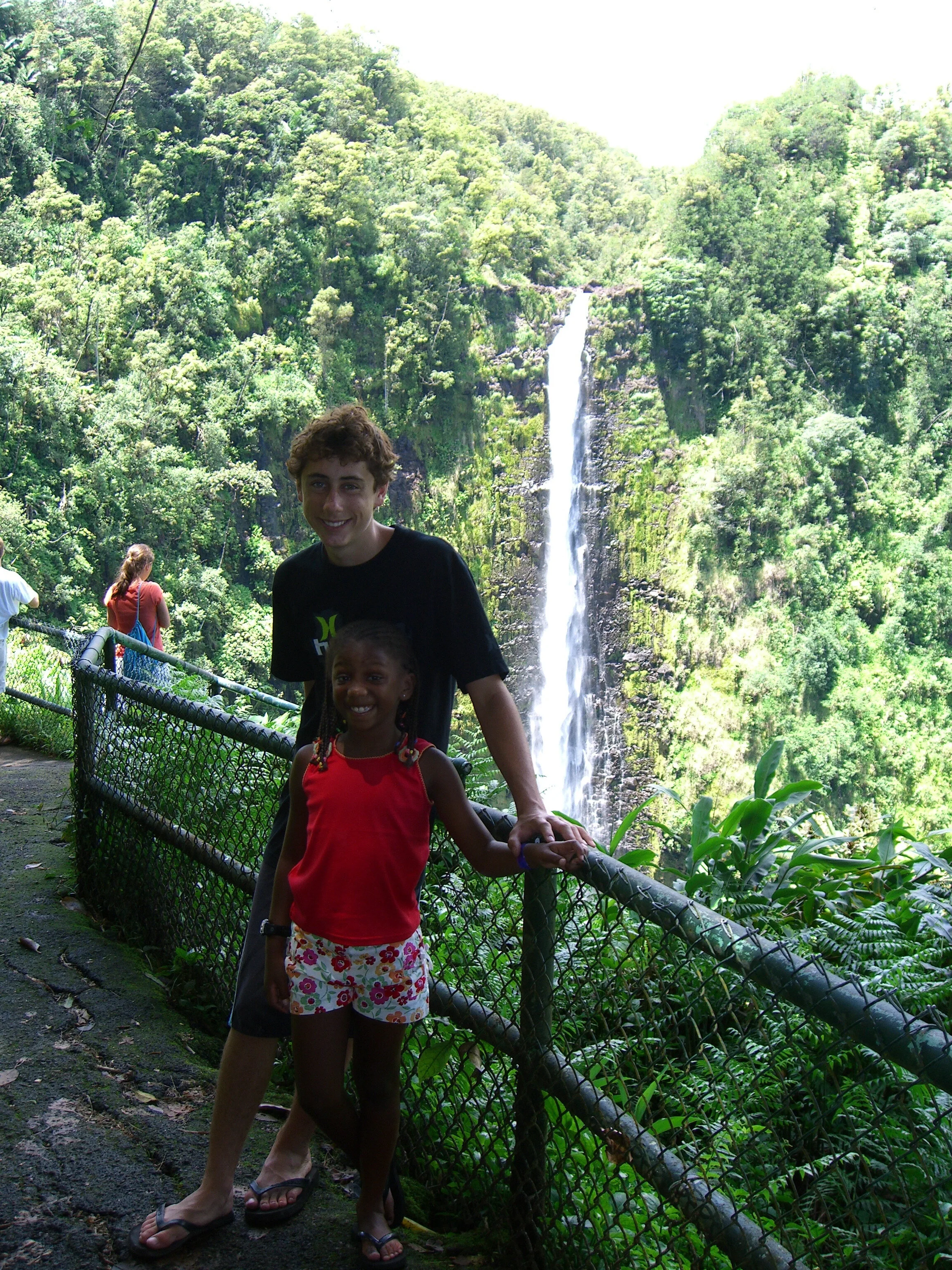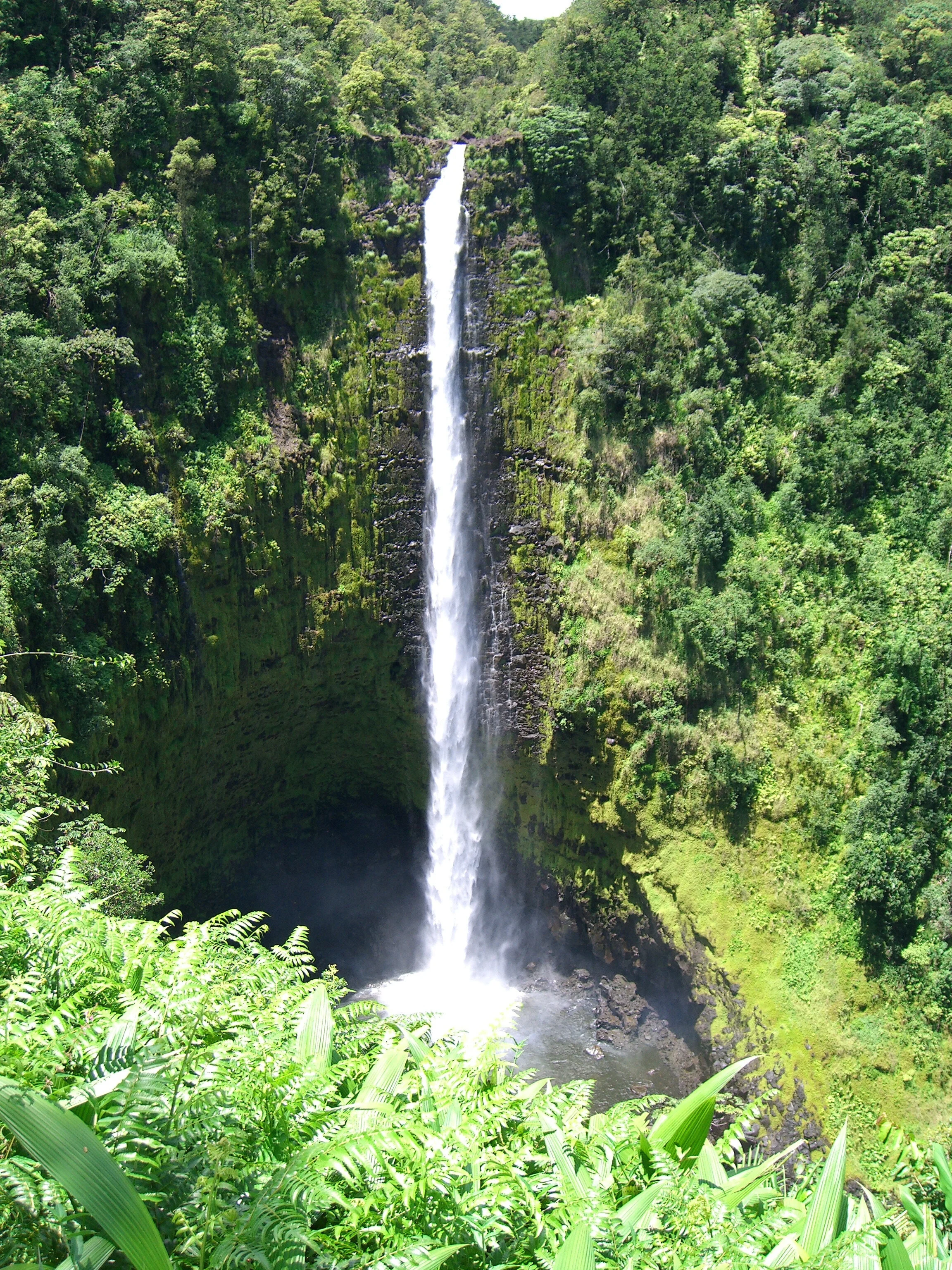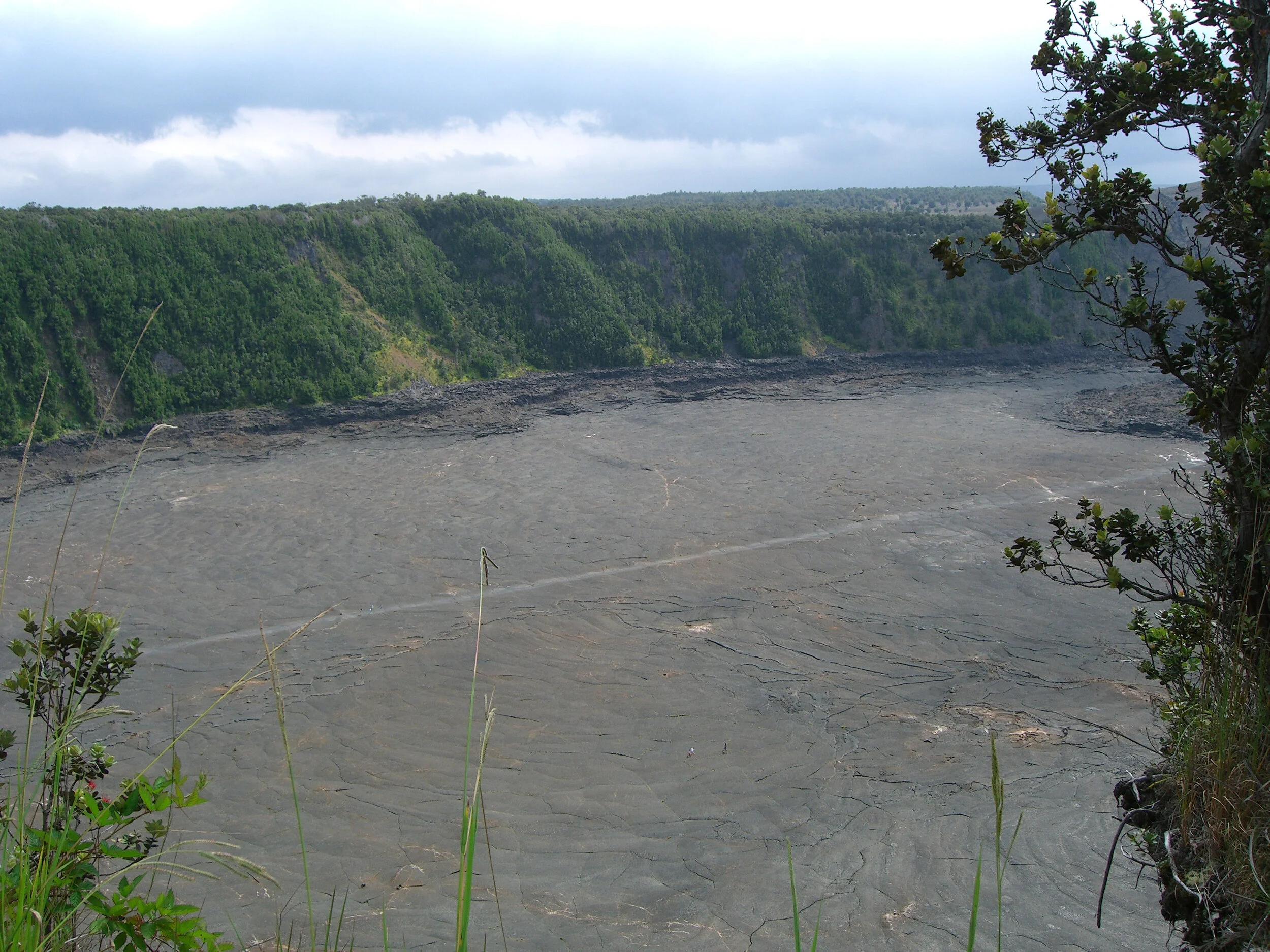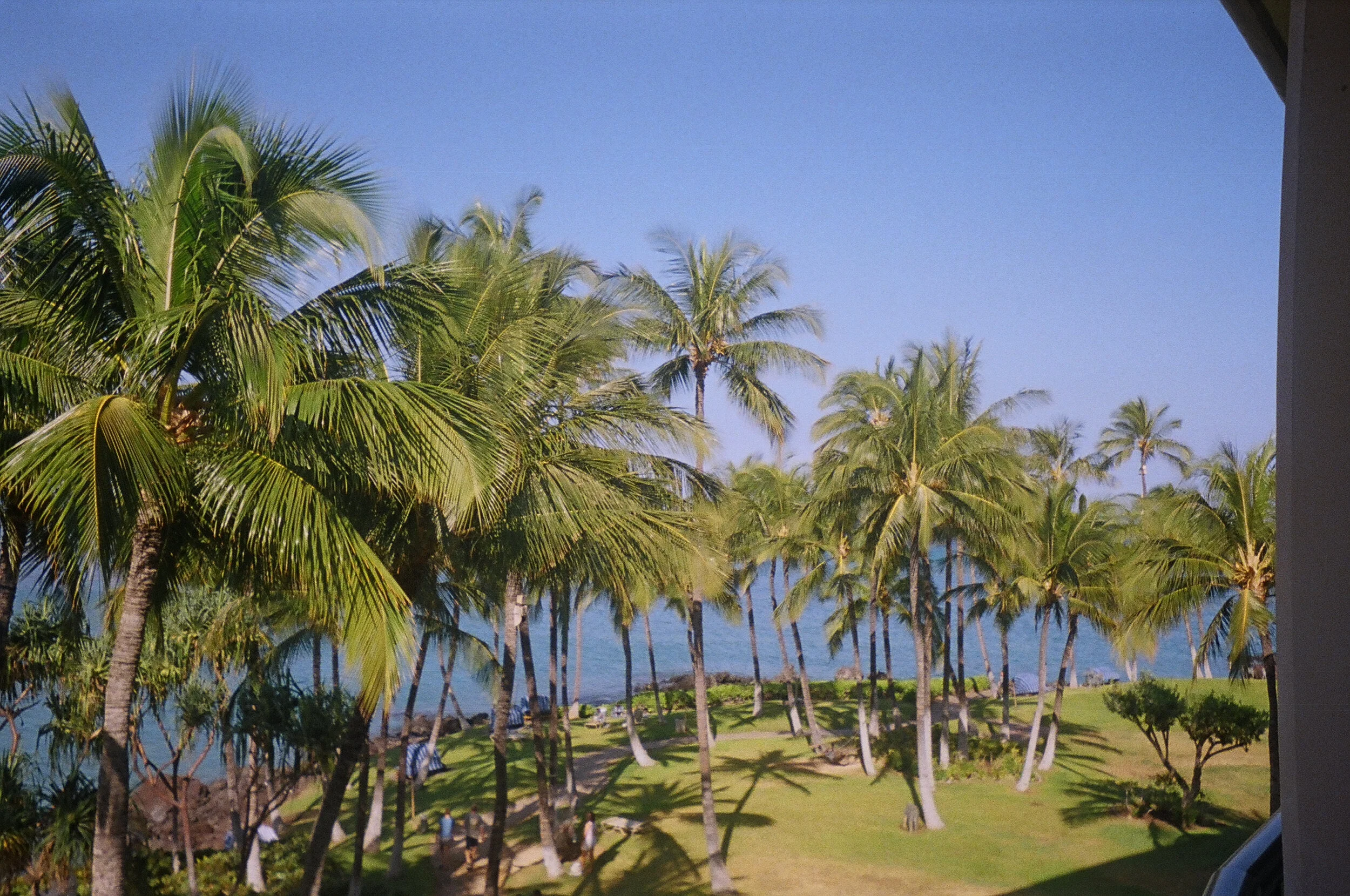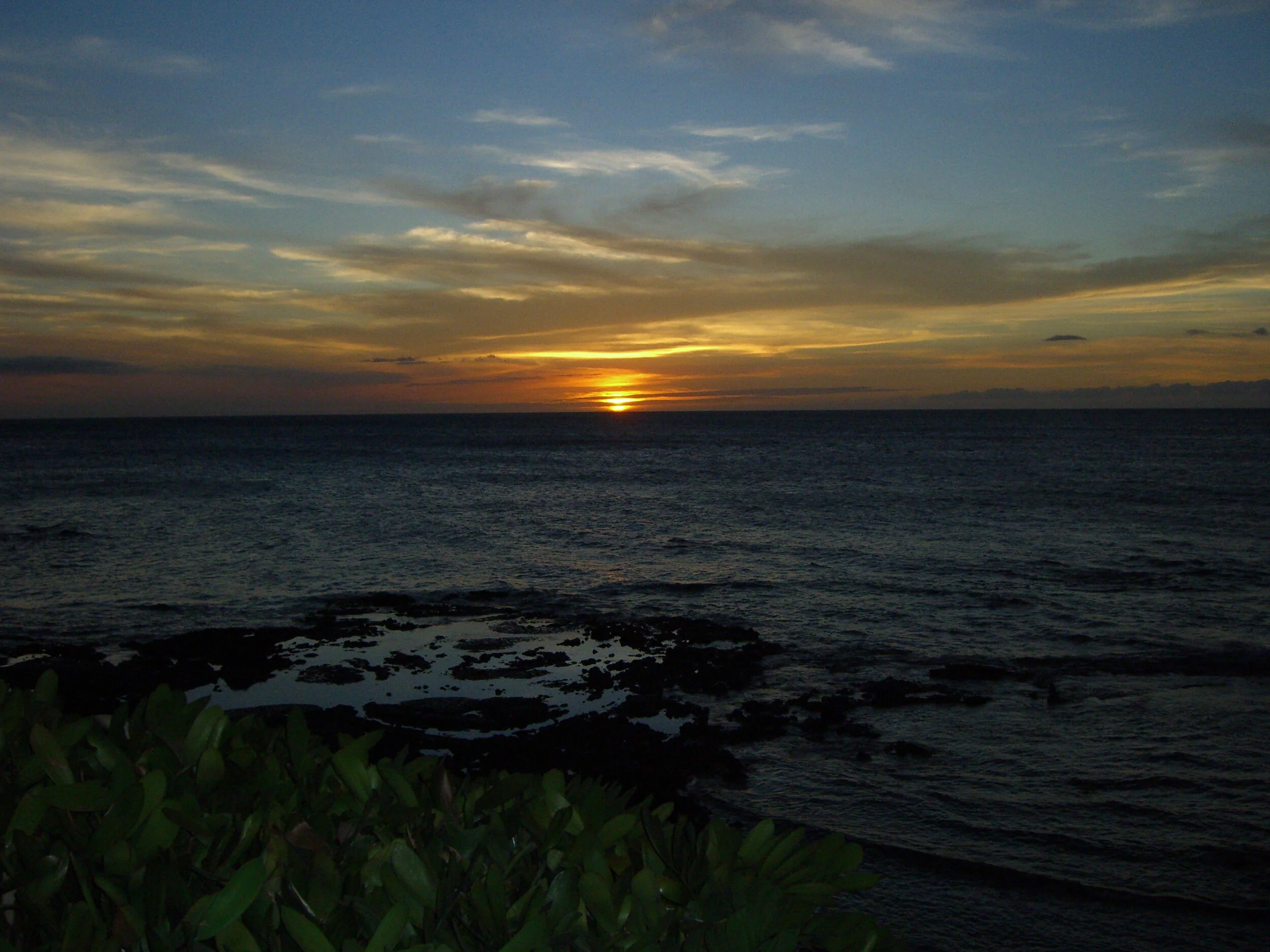2006 • Hawai’i
August 9, 2006 to August 20, 2006
The Big Island of Hawai’i is a land unlike any other. On one side of the island it is a barren lava field devoid of life while the other side is extremely lush and topical. There are fantastic beaches just like the rest of Hawai’i, but also contains the massive shield volcanoes of Mauna Kea and Mauna Loa that actually receive significant snowfall in the winter months. And, unlike the rest of the Hawaiian islands that are shrinking due to erosion from the wind and sea, the Big Island is growing due to the continual lava flows from Kīlauea. The Big Island of Hawai’i is also, not surprisingly, were the name “Hawai’i” originates and is the largest island in the United States and the third largest island in Polynesia (after the two main islands of New Zealand). While on the Big Island, we were able to drive around the entirety of the island and see all of these features of this spectacular place. One of the most stunning features of the Big Island is Mauna Kea, the tallest peak in Hawai’i, and if measured from its base on the ocean floor, Mauna Kea is the tallest mountain in the world. I was able to venture to the top of the mountain and view the Milky Way with incredible clarity—it is no wonder why Mauna Kea and neighboring Mauna Loa have had telescopes built at their peaks to study the stars. Another interesting thing about Mauna Kea is its relation to Hawaiian mythology—the summit is seen as sacred and home to Poliʻahu, the goddess of snow and mortal enemy to Pele, goddess of volcanoes and fire. One famous myth involving the two was when Poliʻahu was with mortals on one of the slopes of Mauna Kea when she was approached by a beautiful stranger that challenged the goddess to a sledding contest. The goddess of snow, of course, easily won the first two races and during the third race, the beautiful stranger became enraged, opening up the earth and sending lava streams to try and win the race. This, of course, revealed the stranger as Pele, the goddess of fire. An epic struggle then took place with Poliʻahu fleeing to the summit of Mauna Kea and sending snow and ice down to harden the lava. It was after this point that Poliʻahu would gain supremacy over Mauna Kea and the north of the Big Island while Pele would have dominion over the south including Mauna Loa and Kīlauea.


